Until recently, I had never heard of "The Frick Collection" and visited it for the first time in September 2010.
Even in the amazing culture center New York City, this collection stood out as a highlight of my trip. I missed its 75th anniversary special exhibit. However, considering instead of the history and background of this collections, I was treated with the collection itself, I was much happier for having missed that special celebration.
The introduction of its website states:
A visit to The Frick Collection evokes the splendor and tranquility of a time gone by and at the same time testifies to how great art collections can still inspire viewers today. Housed in the New York mansion built by Henry Clay Frick (1849-1919), one of America’s most successful coke and steel industrialists, are masterpieces of Western painting, sculpture, and decorative art, displayed in a serene and intimate setting. Each of sixteen galleries offers a unique presentation of works of art arranged for the most part without regard to period or national origin, in the same spirit as Mr. Frick enjoyed the art he loved before he bequeathed it to the public.Piero della Francesca, Titian, Bellini, Holbein, El Greco, Rembrandt, Hals, Velázquez, Goya, Vermeer, Ingres, Van Dyck, Corot, Turner, Gainsborough, Degas, Monet are amongst the illustrate created gathered in this classical styled mansion.
Both the mansion and the works in it serve as a monument to one of America's greatest art collectors. Built in 1913–14 from designs by the firm Carrère and Hastings, the house is set back from Fifth Avenue by an elevated garden punctuated by three magnificent magnolia trees.
Since Mr. Frick’s death in 1919, the Collection has expanded both its physical dimensions and its holdings. Approximately one third of the pictures have been acquired since then, and twice — in 1931–35 and 1977 — the building has been enlarged to better serve the public...
The official web site has an amazing Virtual Tour enable people to see what is currently on display at The Frick Collection.
I was most affected by several works, ranging from early Renaissance to the Impressionist time. As mentioned above, the museum didn't stop collecting with Frick's death and one of the best was added after his death - Comtesse d'Haussonville by Jean-Auguste-Dominique Ingres.
In chronological order, I'll comment on the few favorites of mine. 15th century works include those by Piero della Francesco, Giovanni Bellini and Titian. All the works shown below are solemn, serious, yet with great humanity. They also share a certain resigned melancholy. The virtuosity of these works are amazing as well.
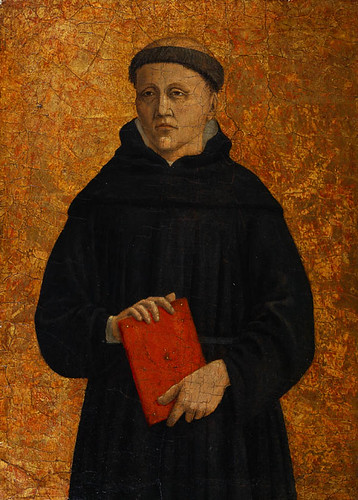
Augustinian Monk, Piero della Francesca, 1454-1469
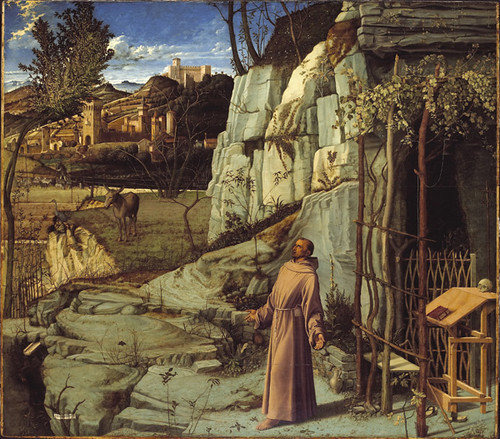
St. Francis in the Desert, Giovanni Bellini, 1480
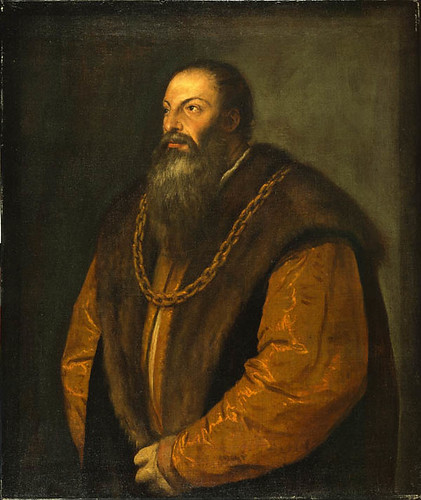
Pietro Aretino, Titian (Tiziano Vecellio), c. 1537
The next century's works are dominated by Holbein the Younger and El Greco. It is absolutely thought provoking as well as delightful to see the portraits of Sir Thomas More and Thomas Cromwell by Holbein side by side. They are almost a pair but the personality of the sitters couldn't be more different. Incidentally, Hilary Mantel's "Wolf Hall" had a brief passage mentioned the unveiling of the Cromwell's portrait. She claimed in her award-winning novel that the ring was the one given to Cromwell by Cardinal Wolsey. Very often, some subtle details are begging us to discover its meanings. Yet, we artists enjoy the teasing, don't we?
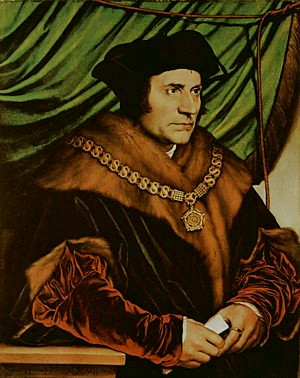
Sir Thomas More, Hans Holbein, the Younger, 1532-1533
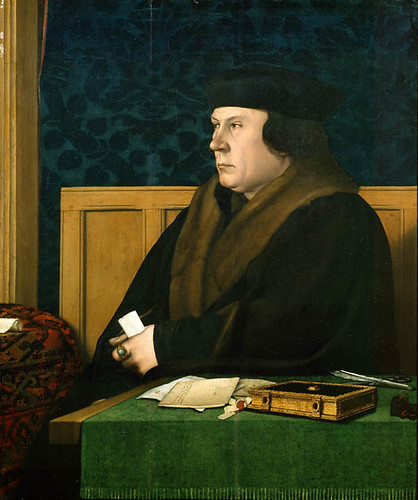
Thomas Cromwell, Hans Holbein, the Younger, 1532-1533
Agnolo di Cosimo di Mariano Bronzino's portrait of a certain Lodovico Capponi was very striking. The sitter's self-conscious poses, aristocratic bearing and fanciful costume was offset brilliantly by the light green drapery, whose hue was very unique and hard to forget.
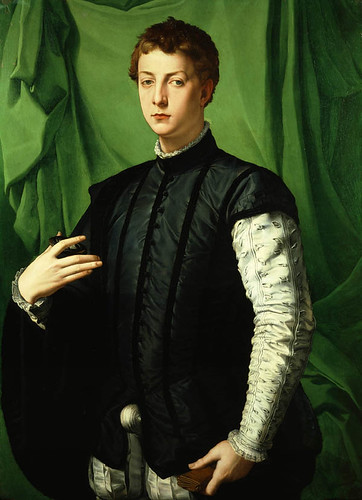
Lodovico Capponi, Agnolo di Cosimo di Mariano Bronzino, 1550-1555
The great El Greco's Saint Jerome was a startlingly modern character study, even though the cardinal robe didn't seem to me appropriate. What was highly appropriate was the dignified gaunt figure and its weathered face, which seemed have contained the entire universe.

St. Jerome, El Greco (Domenikos Theotokopoulos), 1590-1600
The focus of 17th century definitely veered away from overt religiosity. Portraits of nobility and royalties, and genre paintings in Dutch/Flemish regions dominated this period. The portraits by Frans Hals had a startlingly modern flair and I could have been fooled if people told me that it was painted yesterday, despite the fact that Hals's brushstroke was hard not to recognize. Vermeer's domestic painting here seemed a bit out of place and less original.
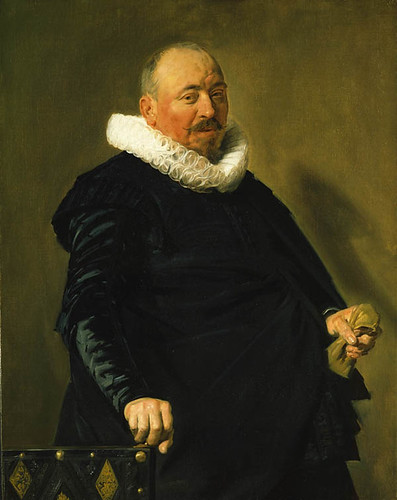
Portrait of an Elderly Man, Frans Hals, c.1627-1630
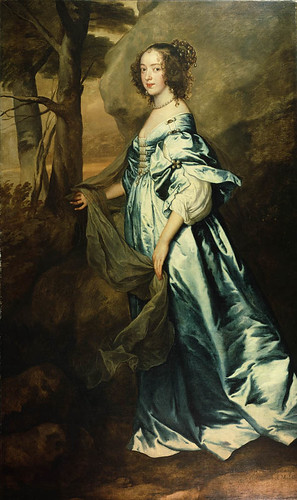
Anne, Countess of Clanbrassil, Sir Anthony Van Dyck, 1636
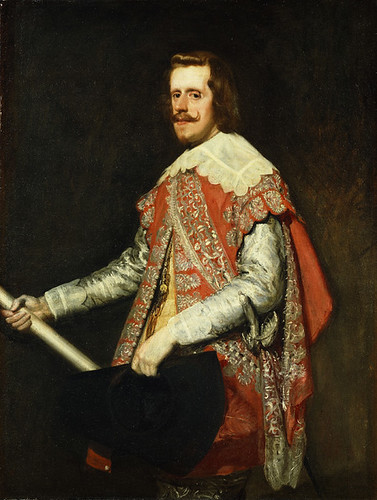
King Philip IV of Spain, Diego Rodríguez de Silva y Velázquez, 1644
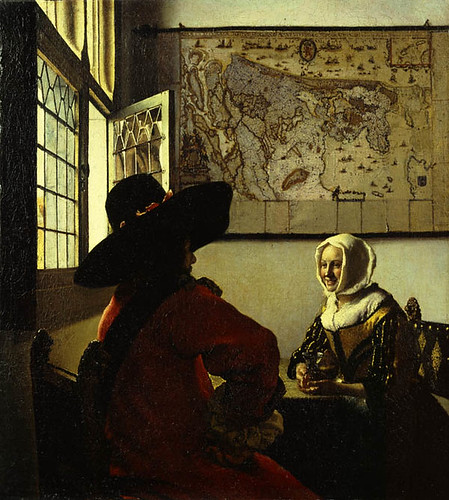
Officer and Laughing Girl, Johannes Vermeer, c. 1657
Diving into 18th, we were able to see the most drastic changes in the history of art and humanity. First, we have tranquility represented by Chardin and Gainsborough, which continued the genre paintings or the north.
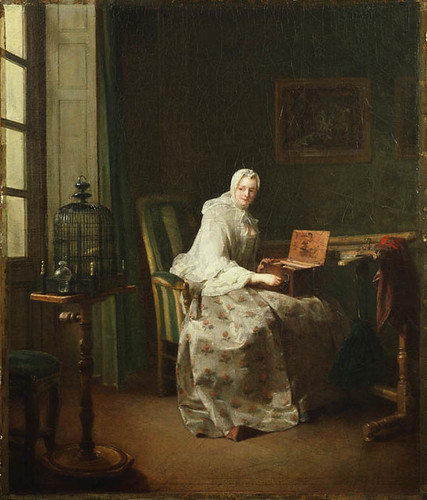
Lady with a Bird-Organ, Jean-Baptiste-Siméon Chardin, 1753 (?)
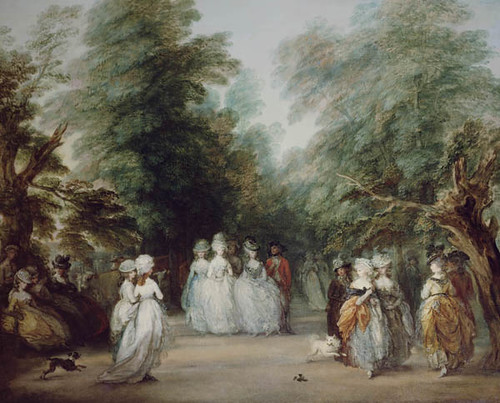
The Mall in St. James's Park, Thomas Gainsborough, c. 1783
Goya disturbed this tranquility with his robust portrayal of life high and low. David tried hard to bring back the classical proportion and purposes back but it would not last. Within twenty years span, the classical styled portrait by Ingres was replaced by the restless and self-awareness of the new wave - Impressionist and the art history almost never looked back.
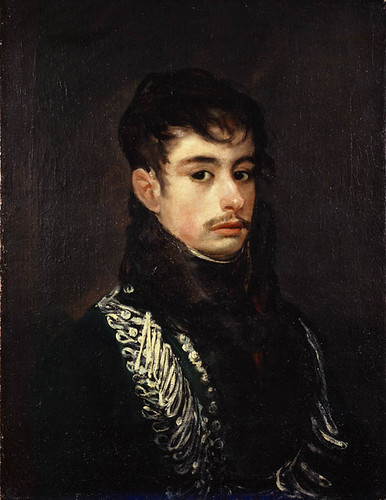
An Officer (Conde de Teba), Francisco de Goya y Lucientes (1746 - 1828), c.1804 (?)

Comtesse Daru, Jacques-Louis David, 1810
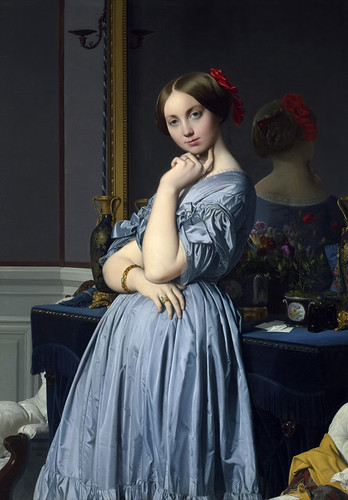
Comtesse d'Haussonville, Jean-Auguste-Dominique Ingres,1845
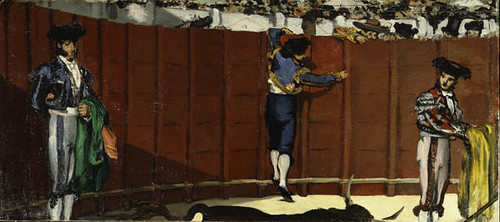
The Bullfight, Édouard Manet, 1864

The Boatman of Mortefontaine, Jean-Baptiste-Camille Corot, c. 1865-1870
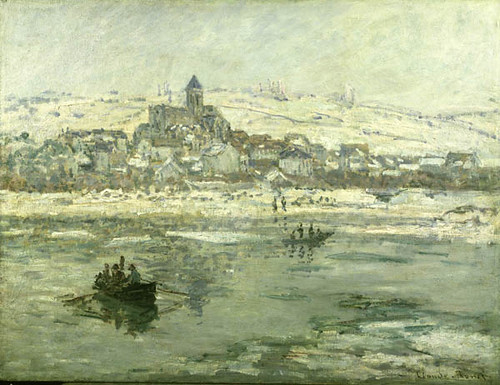
Vétheuil in Winter, Claude Monet, 1878-1879
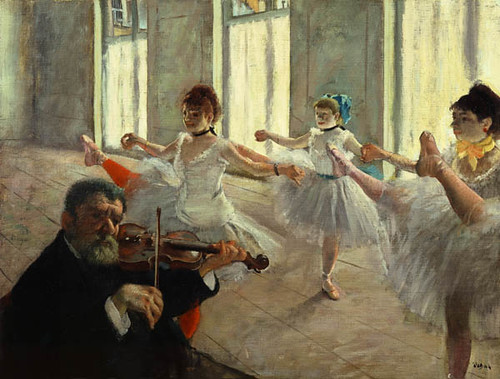
The Rehearsal, Hilarie-Germain-Edgar Degas, 1878-1879
This collection also have some paintings by Whistler's depicting the Gilded Age and great artifacts from various past but they didn't deter my wandering eyes much. I also admire a beautiful sculpture very much:
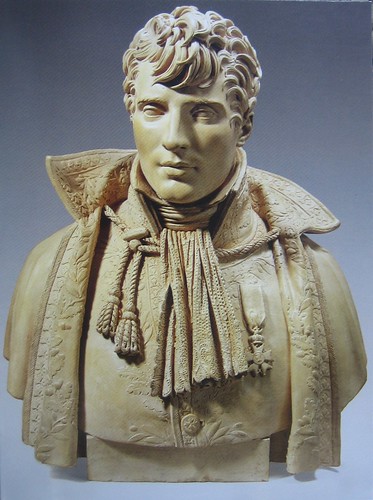
Portrait of Étienne-Vincent Marniola, Joseph Chinard, 1809
This was a most satisfying personal collection turn museum I'd ever seen. Perhaps, when the Fisher Collection in San Francisco reveals itself in its entirety, that verdict might change.
>> New York City Report, September 2010, Part IV: Morgan Library and Museum in New York City
<< New York City Report, September 2010, Part II: Central Park, New York City





No comments:
Post a Comment